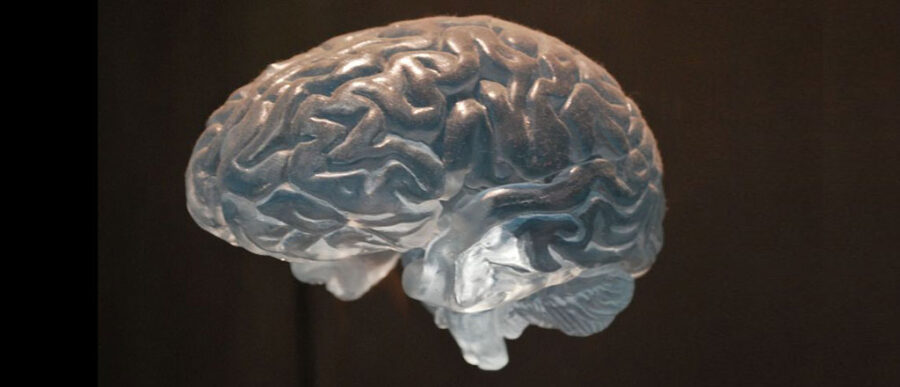Wharton marketing professor Michael Platt wants to get inside your head. Specifically, he wants to know why people make the decisions that they do and what influences those decisions.
Platt’s latest research looks at the confluence of factors involved in decision-making — from the primitive parts of the brain that respond to the most basic of needs to the push and pull of external forces and opinions. The more we understand about the mechanisms in the brain that influence decision-making, Platt says in this interview with Knowledge at Wharton, the more we can make better decisions. Platt is also a professor of neuroscience at the University of Pennsylvania’s Perelman School of Medicine and a professor of psychology at Penn’s School of Arts and Sciences.
An edited transcript of the conversation appears below.
The Science of Choices
My research focuses on how the brain makes decisions. We study decision-making in a number of contexts — under conditions of uncertainty and risk, and when the world is complicated by the behavior of others — and we try to understand what mechanisms in the brain actually drive us to make the decisions and choices that we do.
When we make a decision — say, you choose to buy a stock or sell it short, or to eat a doughnut instead of an apple — why do you make that decision? That’s a key question for us, and we approach that question using a number of different techniques. We study the behavior of people making choices and study what happens in their brains when they make those choices. We also compare these choices to those of animals when they’re making similar kinds of decisions, and then we can look at what happens in their brains when they make these choices.
Key Takeaways
One of the fascinating takeaways from our research is that people and animals tend to make very similar kinds of decisions when they are in similar contexts. Moreover, their brains seem to make these decisions using a similar set of mechanisms.
“One of the fascinating takeaways from our research is that people and animals tend to make very similar kinds of decisions when they are in similar contexts. Moreover, their brains seem to make these decisions using a similar set of mechanisms.”
What this means is that we can infer that much of our own behavior, the choices we make, even in a very complex situation, such as a market, are driven by forces that evolved a long time ago to solve the kinds of problems that animals need to solve, such as finding food, finding a mate, and making friends and allies that will help to solve the problems that they need to solve.
The Influencers
I think we’re all aware that the kinds of choices we make are influenced by the people around us. In fact, this is true of other animals as well. One thing that we have learned from studying the choices that animals make and the choices that people make and what happens in their brains when they make these choices is that there are very specific, highly specialized mechanisms that detect the presence of other individuals, identify who they are, evaluate their importance to us and allow us to learn from their behavior. More recently, we’ve identified a very specific set of brain cells that actually responds when another individual feels a reward.
A really interesting and important potential practical application of this discovery is that we might find ways, either behaviorally or pharmacologically or using other means, to activate these cells. And if we did so, we might be able to promote pro-social behaviors such as charitable giving. This could be a very important and practical way of enhancing the welfare of society.
What’s Next
We’re now building on the work that we’ve done, looking at the brain mechanisms that respond to our social environment. We’re looking at those processes in the brain that allow us to learn from the experiences of other individuals, to use that information to guide our choices and how that information might be used to behave strategically with regard to another individual. When we do cooperate? When do we defect? When do we deceive others? How can we understand how this happens in the brain? And how can we change it if we want to make better decisions?


